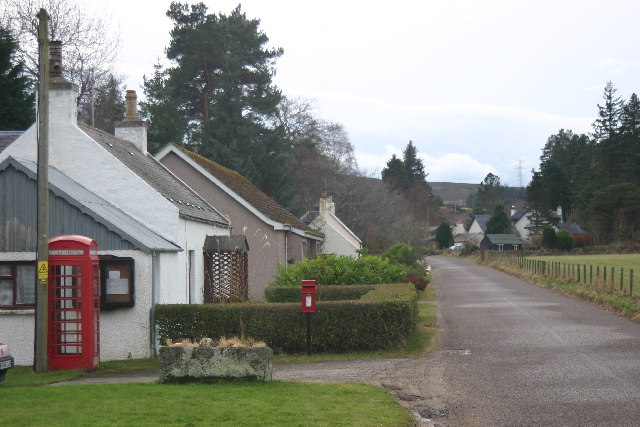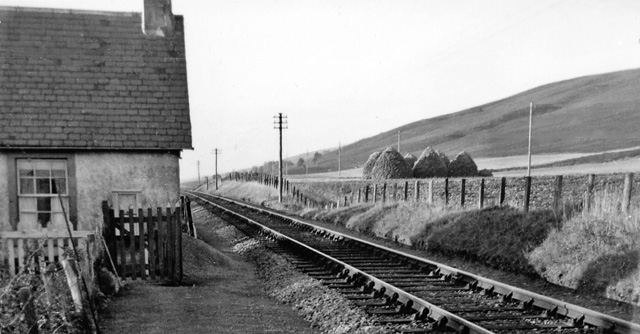Moss of Birnie
Downs, Moorland in Morayshire
Scotland
Moss of Birnie

Moss of Birnie is a picturesque area located in Morayshire, Scotland. Known for its stunning downs and moorland, it offers visitors a unique blend of natural beauty and tranquility.
Situated in the heart of Morayshire, Moss of Birnie boasts vast stretches of open downs, covered in a lush carpet of vibrant green moss. This moss creates a soft and inviting landscape, ideal for leisurely walks and picnics. The downs are dotted with pockets of heather and wildflowers, adding pops of color to the already stunning scenery.
The moorland of Moss of Birnie is equally captivating, with its wild and rugged terrain. Here, visitors can explore the untamed beauty of the Scottish countryside, as they wander through the rolling hills and rocky outcrops. The moorland is home to a diverse range of flora and fauna, including various bird species, making it a haven for birdwatching enthusiasts.
The area surrounding Moss of Birnie is steeped in history, with several ancient sites nearby. Visitors can explore the remnants of old settlements and stone circles, gaining insight into the rich cultural heritage of the region.
Moss of Birnie is a haven for nature lovers and outdoor enthusiasts alike. With its stunning downs and moorland, it offers a peaceful retreat from the hustle and bustle of everyday life. Whether you are seeking a scenic walk, birdwatching opportunities, or simply a place to relax and soak in the beauty of nature, Moss of Birnie is a must-visit destination in Morayshire.
If you have any feedback on the listing, please let us know in the comments section below.
Moss of Birnie Images
Images are sourced within 2km of 57.542117/-3.3392149 or Grid Reference NJ1951. Thanks to Geograph Open Source API. All images are credited.






Moss of Birnie is located at Grid Ref: NJ1951 (Lat: 57.542117, Lng: -3.3392149)
Unitary Authority: Moray
Police Authority: North East
What 3 Words
///estate.responds.sunblock. Near Rothes, Moray
Nearby Locations
Related Wikis
Kellas, Moray
Kellas (Scottish Gaelic: Ceallais) is a village in Moray, Scotland. It is approximately 3 miles (5 km) northeast of Dallas on the B9010 road. The Kellas...
Coleburn railway station
Coleburn railway station served the area of Coleburn, Moray, Scotland from 1863 to 1926 on the Morayshire Railway. == History == The station opened on...
Birchfield Halt railway station
Birchfield Platform railway station, Birchfield Halt railway station or Birchfield Siding railway station served the rural area near Glen of Rothes House...
Moray (UK Parliament constituency)
Moray ( MURR-ee; Scots: Moray; Scottish Gaelic: Moireibh or Moireabh) is a county constituency of the House of Commons of the Parliament of the United...
Have you been to Moss of Birnie?
Leave your review of Moss of Birnie below (or comments, questions and feedback).













